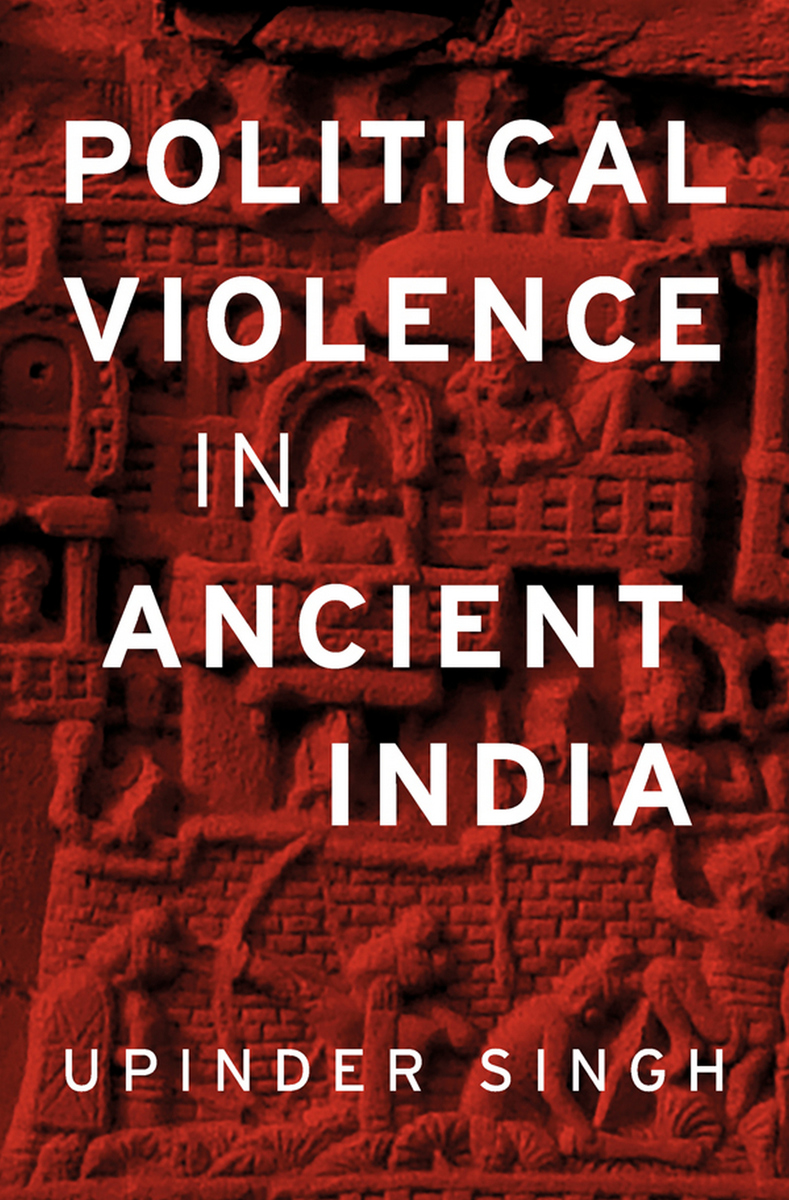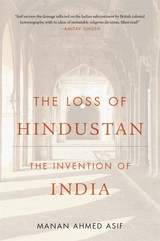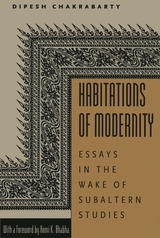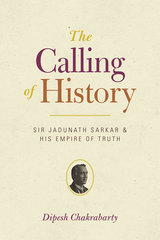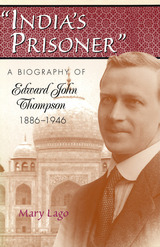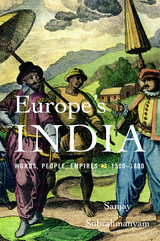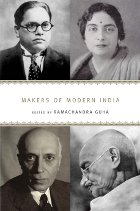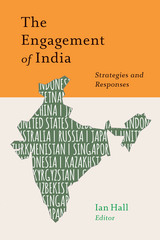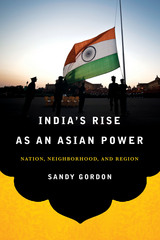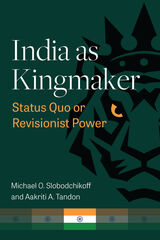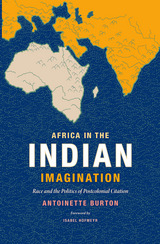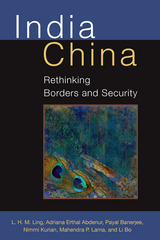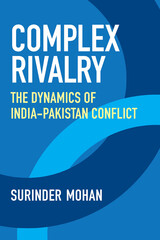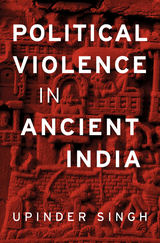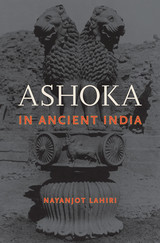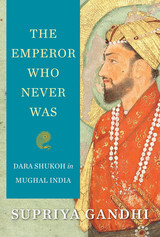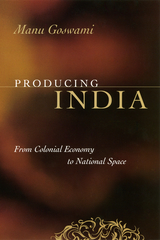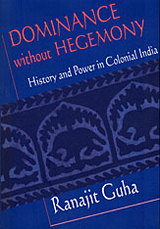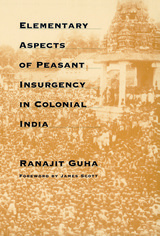Anyone who has accepted at face value the notion that India, as a civilization, from ancient times up till Mahatma Gandhi, was devoted to an ideal of nonviolence should read Upinder Singh’s monumental Political Violence in Ancient India. Even a few pages will suffice to dispel the illusion. Indian history is as bloody as anywhere else’s…She documents some three millennia of more or less continuous warfare as well as the ever-present coercive and punitive violence of the state. But in some sense, this work by one of India’s finest historians…is more about India’s present than about its long past. Perhaps that is always true of good historical thinking.
-- David Shulman New York Review of Books
A superb history of ideas, covering a wide array of themes, from statecraft and kingship to metaphysics and morality to environmental history…Providing a premodern, non-Western, perspective on violence in the age of terror, [Singh’s] study deserves to be read as widely outside India as at home.
-- Ramachandra Guha Times Literary Supplement
Upinder Singh’s new book, intended as a foray into the history of political ideas in ancient India, is a pioneering attempt. It seeks to puncture the myth perpetrated by leaders like Gandhi and Nehru in their various writings that non-violence was embedded in Indian tradition and culture…She draws on a corpus of texts—inscriptions, literary and discursive texts—to illuminate and substantiate her arguments. The result is a book with a layered and complex argument which will make readers rethink their views about ancient India, its political praxis and the project to theorize that praxis…Singh’s book displays a sheerness of touch in the way she interprets her sources and through them constructs a cogent narrative. This book will stand the test of time.
-- Rudrangshu Mukherjee The Hindu
The belief that non-violence was a major part of India’s ancient history does not stand up to scrutiny, especially when scrutiny comes with the rigor that Singh brings. It is part of a modern myth-making, which Singh tells us was helped along by Gandhi and Nehru who were trying to establish the nationalist struggle on nonviolent principles…Some of the material here will surprise readers. There is much to be learned from this book, and…it is made pleasant to read by a very polished style of writing.
-- Aakar Patel Business Standard
Upinder Singh’s erudite, engaging and compelling book takes one entry point into the problem of political violence in ancient India: the problem of kingship. It is not a reflection on the problem of violence in general; nor is it an empirical study of violence. But it is a landmark study of thinking about and representations of political violence in ancient India. It ranges over a wide range of sources: the epics, literary texts, texts in the Arthashastra tradition, and more creatively, representations of violence in epigraphic evidence and art. There is no comparable study that brings together these sources in one synthetic gaze and the result is impressive…What you get in this book is a fascinating intellectual and literary history of a culture wrestling with the problem of kingship, making its peace with violence, and finding its most powerful intellectual resources unable to cope with the depth of evil in the world.
-- Pratap Bhanu Mehta Indian Express
Authoritative…It is an unembellished title and the language of the book follows this pattern, offering a 1,000-year overview of how violence and its philosophical corollary, non-violence, were treated and reconciled by thinkers many centuries ago…Singh sets out, in a very balanced fashion, to challenge a basic principle many of us have, over years of schooling and nation-building, systematically absorbed: that India has been an eternal beacon of non-violence and harmony…What Singh offers in Political Violence In Ancient India is a thought-provoking intellectual history of our dealings with violence, demonstrating that 2,000 years ago, Indians were as full of questions as they are today, and that we would only be letting down our best traditions if now we were to suddenly stop asking them.
-- Manu S. Pillai Mint
Fascinating.
-- Supriya Nair Mumbai Mirror
Few topics are as central to the political and moral philosophies of India as violence, and its counterpart non-violence or ahiṃsā. Yet, Upinder Singh’s is the first comprehensive book-length study of this topic. In a thorough survey of literature and inscriptions spanning over a millennium from 600 BCE to 600 CE, Singh aims to recover the historical realities of both violence and non-violence and the intellectual debates about their respective value that took place in ancient India. The depth and theoretical sophistication with which Singh handles the material makes this a tour de force and a valuable source for all students of Indian cultural history.
-- Patrick Olivelle, author of King, Governance, and Law in Ancient India: Kauṭilya’s Arthaśāstra
In this deeply researched and erudite work, Upinder Singh illuminates a complex intellectual and political universe in which the category of violence was an especially rich subject of debate. This is a major work of scholarship on ancient India, and on political thought in general, written by an eminent historian.
-- Thomas R. Trautmann, author of Elephants and Kings: An Environmental History and Arthashastra: The Science of Wealth
